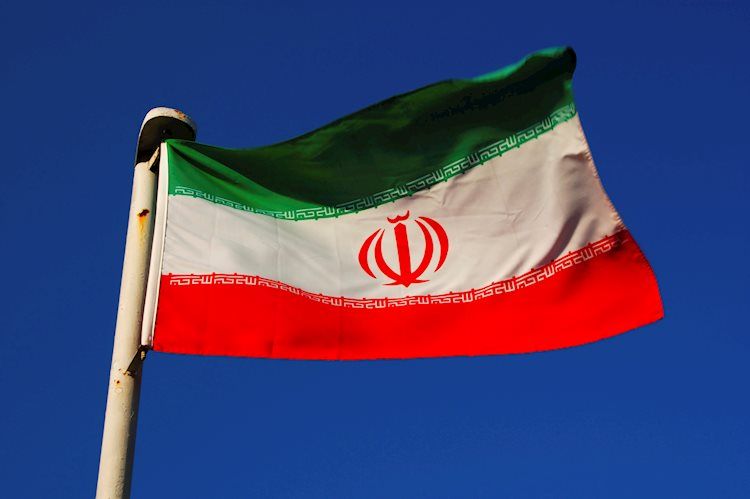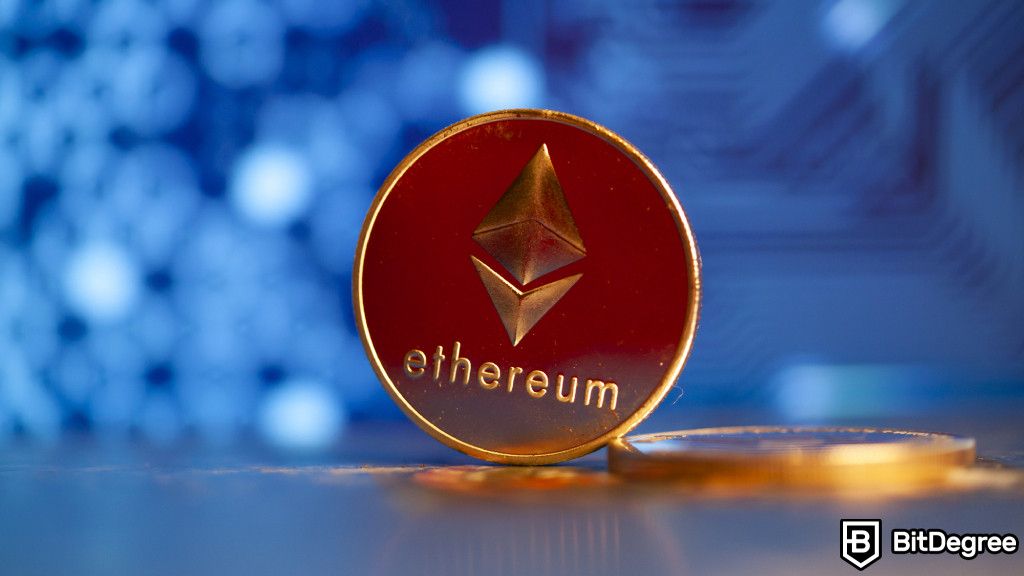Tensions in the Middle East rise over the weekend following Iranian airstrikes on Israel

Geopolitical tensions between Israel and Iran intensified over the weekend as Iran launched a drone toward Israel late Saturday, the Israeli military announced.
Iranian state media, citing the Islamic Revolutionary Guard Corps, reported that dozens of drones were launched in retaliation for the suspected Israeli attack on the Iranian consulate in Damascus on April 1.
Iran successfully attacked Israel’s most important military base in the Negev using Keibar missiles, an Iranian government newspaper reported.
“Iran will not hesitate to take additional defensive measures to protect its legitimate interests from military attacks and unlawful use of force, if necessary,” Iran’s Foreign Ministry said in a statement.
An Israeli military spokesman said more than 300 shots were fired, 99% of which were intercepted.
“Iran launched more than 170 drones, more than 30 cruise missiles, and more than 120 ballistic missiles. “Several of those ballistic missiles reached Israeli territory and caused minor damage to the air base,” he added.

Iran supported Yemen’s Houthi rebels, and Lebanon’s Hezbollah also participated in the attack. Meanwhile, Britain’s Ministry of Defense confirmed late Saturday that British Royal Air Force jets based in the Middle East “will intercept any aerial attacks within the scope of our existing mission as required.”
“In recent years, and especially in recent weeks, Israel has been preparing for a direct attack from Iran,” Israeli Prime Minister Benjamin Netanyahu said in a national address. Our defense systems are deployed. We are ready for any defensive or offensive scenario. The State of Israel is strong. The IDF is strong. “The public is strong.”
But Israeli President Isaac Herzog told CNN’s Wolf Blitzer on Sunday that “Israel is not pursuing war after the Iranian attack, and a balance is needed in this situation.”
“I just met with my national security team for an update on the Iranian attack on Israel,” US President Joe Biden said on X. “Our commitment to Israel’s security against threats from Iran and its proxies is ironclad.”
UN Secretary-General Antonio Guterres condemned Iran’s drone attacks targeting Israel as a “serious escalation” and urged restraint on all sides to avoid devastating regional chaos.
The United Nations Security Council held an emergency meeting on April 14 over Iran’s unprecedented drone and missile attacks on Israel. Moreover, Britain, France and Egypt condemned Iran’s actions, while Saudi Arabia called for restraint.
market reaction
In trading that opened on Monday, traders appeared to be looking at an expected escalation in the Middle East as last week’s threat of an imminent Iranian attack on Israel loomed.
S&P 500 futures, a key risk indicator, are showing modest gains in Asia early on, while major FX firms are showing limited response as geopolitical tensions in the Middle East escalate.
However, gold prices are up nearly 0.50%, attracting fresh haven demand to nearly $2,370.
Risk Appraisal FAQs
“Risk-on” and “risk off,” two terms widely used in the world of financial jargon, refer to the level of risk an investor is willing to take over a given period of time. In “risky” markets, investors are more optimistic about the future and are more willing to purchase risky assets. In “risk-averse” markets, investors start to play it ‘play it safe’ because they are worried about the future. Therefore, we buy less risky assets that can bring us returns, even if they are relatively large.
Typically, during “risk” periods, stock markets rise and most commodities except gold also rise in value because they benefit from positive growth prospects. Rising demand strengthens the currency of countries that export heavy industry and pushes cryptocurrencies higher. In a “risk-averse” market, bonds rise, especially major government bonds. Gold shines and safe-haven currencies such as the Japanese Yen, Swiss Franc and US Dollar all benefit.
Minor FX such as the Australian Dollar (AUD), Canadian Dollar (CAD), New Zealand Dollar (NZD), Ruble (RUB) and South African Rand (ZAR) all tend to rise in “risk-on” markets. “. This is because the economies of these currencies rely heavily on raw material exports for growth, and raw material prices tend to rise during risk periods. This is because investors expect higher demand for raw materials in the future due to increased economic activity. no see.
Major currencies that tend to rise during “hedging” periods are the US dollar (USD), Japanese yen (JPY), and Swiss franc (CHF). The U.S. dollar is the world’s reserve currency and is considered safe because investors buy U.S. government debt in times of crisis, making it unlikely that the world’s largest economy will default. The yen’s decline was driven by increased demand for Japanese government bonds. This is because domestic investors, who are unlikely to sell it even in a crisis, hold a high proportion of it. The Swiss franc is traded because strict Swiss banking laws provide investors with enhanced capital protection.
Source: https://www.fxstreet.com/news/middle-east-tensions-escalate-after-iran-attacks-israel-202404142221



